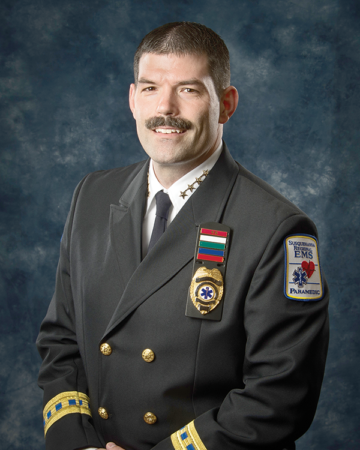The number one cause of preventable death from trauma is uncontrolled bleeding. To help encourage bystanders to become trained and empowered to help in life-threatening bleeding emergencies, Stop the Bleed, a national awareness campaign was launched in 2015 by the White House. The general public’s need for this information is immense, as four out of five victims of a mass casualty are delivered to the hospital by someone other than a trained first responder, and the fact that 35 percent of all pre-hospital deaths are caused by blood loss.
Serious bleeding emergencies can be caused by a number of things in various settings — at home, work, sporting events, vehicle accidents, animal bites, and episodes of mass casualties are just a few.
How to Stop the Bleed
There are a few key steps in stopping the bleed. The first is to ensure your own safety by making sure that you are in a safe place to help. If this changes at any time, attempt to remove yourself and any other victims, if possible, from danger. Once your safety is established, remember your ABCs of Bleeding:
– Alert – Call 911.
– Bleeding – Find the source of the blood.
– Compress –Cover the wound and use both hands to apply pressure, use a tourniquet above the wound, or pack (stuff) the wound with clean cloth or gauze and then apply pressure with both hands.
Tourniquets
A tourniquet is a device that can help to constrict and control blood flow during emergency situations. It can look like a strap with a buckle and a long, skinny handle. Tourniquets can be included in trauma first aid kits and can be purchased online from a medical goods store or the American Red Cross.
These devices should only be used as high up as possible on the legs or arms depending on where the wound is located. It’s also important to let the person who is injured know that it will hurt as it will need to be as tight as possible to stop the bleeding. Tourniquets can be applied over clothing or on bare skin.
1. Once the placement is determined, pull the tail end of the strap tight and twist the rod until the bleeding stops. Secure the rod to keep the tourniquet in place and tight.
2. Note the time as best as possible of which the tourniquet was applied. There is usually space on the strap where it can be written down with a marker.
3. Do not remove the tourniquet and be prepared to answer any questions first responders may have when they arrive to the scene.
In times of an emergency, minutes matter. Will you know what to do? UPMC launched Minutes Matter to provide community members with access to basic emergency information and education about life-saving interventions. Find more in-depth information on what to do in emergencies as well as what resources are available in the community for training for CPR, Stop the Bleed, drug overdose and mental health first aid by visiting MinutesMatter.UPMC.com.
by Tony Bixby, director
Prehospital Services, UPMC
Tony Bixby is the director of UPMC Prehospital Services in North Central Pa. For more information, visit UPMC.com/NorthCentralPA.




